| Registro
Liquid metal technology is an emerging area in the field of manufacturing, but it is not likely to completely replace traditional CNC machining anytime soon. Instead, it will likely complement existing machining methods in specific applications
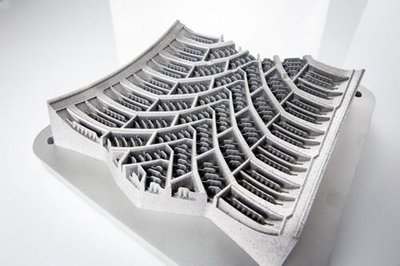
Different Capabilities and Applications
CNC Machining: CNC machines are highly precise and versatile. They can work with a wide range of materials, including metals, plastics, and composites, to produce complex geometries with tight tolerances. CNC machining is widely used for manufacturing components that require high durability, strength, and precision, such as automotive parts, aerospace components, and medical devices.
Liquid Metal Technology: Liquid metal technology is primarily focused on processes like liquid metal 3D printing (or direct energy deposition), where metal is heated to a liquid state and then deposited layer by layer. While it holds great promise for producing complex and lightweight parts, it is still a relatively niche process compared to traditional machining. Liquid metal technologies are particularly useful for creating parts with intricate internal structures or features that would be difficult to manufacture with traditional methods.
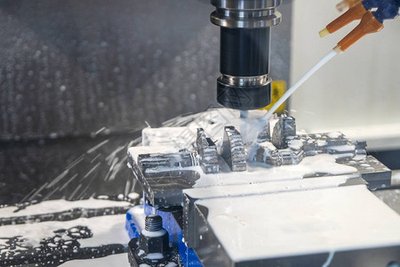
Material and Process Limitations
Material Variety: CNC machining supports a wide variety of materials, including hard metals, plastics, and composites. Liquid metal technologies, while innovative, are typically limited to a narrower range of materials that are suited for melting and printing. Additionally, the types of materials used in liquid metal printing might not have the same range of properties (e.g., strength, hardness, heat resistance) as those processed via traditional CNC methods.
Surface Finish: CNC machining is renowned for its ability to produce parts with high-quality surface finishes. Liquid metal processes may not yet offer the same level of precision or finish, and parts often require additional post-processing to meet the desired standards for many applications.
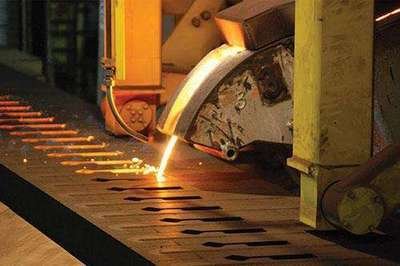
Speed and Efficiency
CNC Machining: CNC machines are generally very fast, especially for mass production. Once a machine is programmed, it can quickly and efficiently produce parts with high accuracy. For certain mass-production scenarios, traditional machining is likely to remain more efficient in terms of speed and cost.
Liquid Metal Technology: Liquid metal printing technologies, while advancing, are not yet as fast or scalable as traditional machining. Printing a part layer by layer takes time, especially for larger or more complex components. Liquid metal technology is still more suited for prototyping or small-batch production rather than high-volume manufacturing.
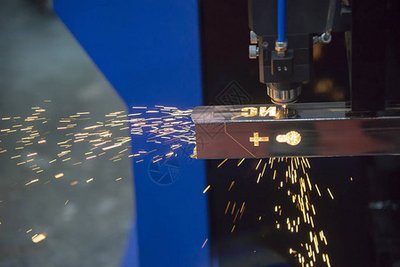
Precision and Tolerances
CNC Machining: One of the main advantages of CNC machining is its ability to achieve extremely tight tolerances (often in the micrometer range), which is critical for industries like aerospace, automotive, and medical device manufacturing. Liquid metal technologies, on the other hand, are still evolving and may not consistently meet the same high precision required for many applications.
Post-Processing: Parts produced using liquid metal technology often require significant post-processing (e.g., machining, heat treatment) to achieve the same level of finish and tolerance as those produced through CNC machining. This can make the overall process less efficient.
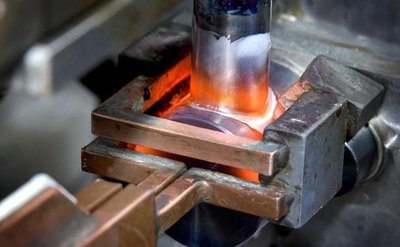
Cost Considerations
CNC Machining: Traditional CNC machining has been optimized over decades, and its costs are relatively predictable. The setup costs for CNC machining (including tooling and labor) are higher than for some additive manufacturing methods, but for mass production, CNC is often more cost-effective.
Liquid Metal Technology: The technology and equipment for liquid metal 3D printing are still relatively new and expensive. For high-volume manufacturing, the cost per part might be higher compared to CNC machining, especially when considering the time and energy required to heat and maintain metals in a liquid state.
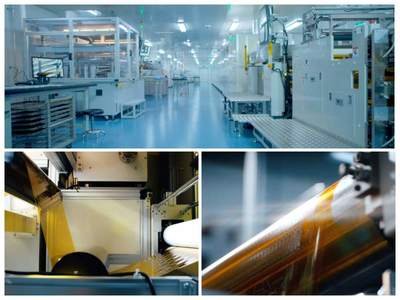
Hybrid Manufacturing
Complementary Role: It is more likely that liquid metal technology will complement traditional CNC machining rather than replace it entirely. For instance, liquid metal technology can be used to print complex, lightweight structures or parts with intricate internal features, while traditional CNC machining could be employed for finishing the parts to the required tolerances, surface finishes, and mechanical properties.
Hybrid Systems: Some advanced manufacturing systems already combine traditional machining with additive processes (like hybrid CNC machines that can 3D print and mill). This hybrid approach allows manufacturers to leverage the strengths of both technologies.
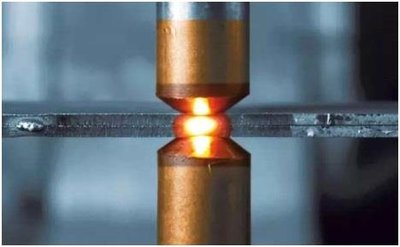
Future Potential
As liquid metal technologies continue to improve, they may find broader applications, especially for industries that demand complex, lightweight structures, or parts with customized internal geometries (e.g., aerospace, defense). However, for many industries that require high precision, material variety, and consistent production cycles, traditional CNC machining will likely remain the go-to method for the foreseeable future.